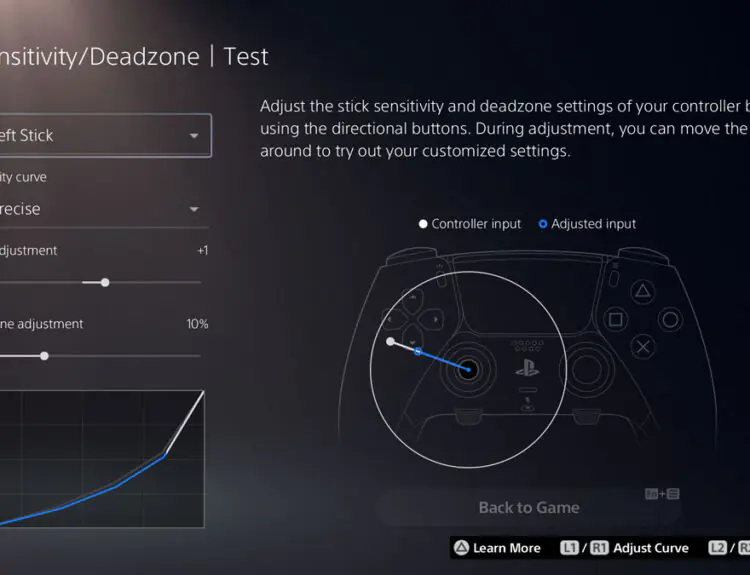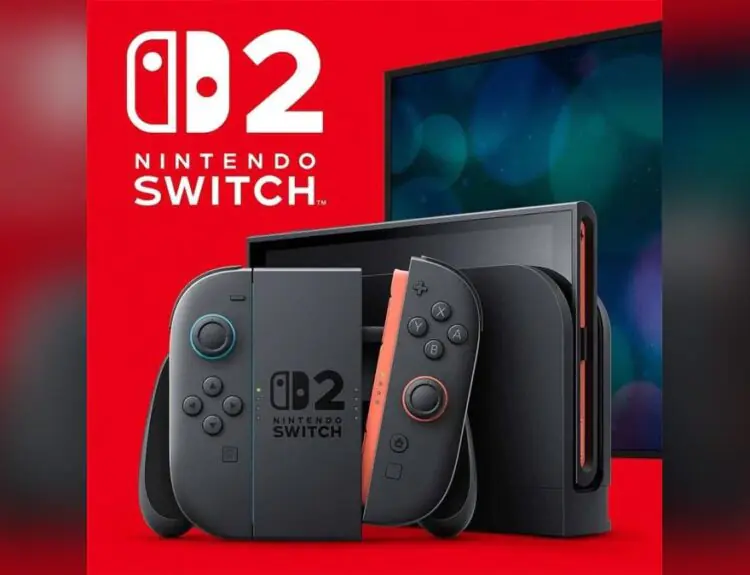Sorry AMD. The Navi RX 5700 XT is close but NVIDIA’s RTX 2070 Super remains the video card to beat in the mid-range game.
The RTX 2070 Super bumps up the numbers to 2,560 CUDA scores from the original 2,304 registered by the RTX 2070. The boost clock is also higher at 1,770MHz.
The name itself will let you think that this is the prettier cousin of 2070. But that’s not true at all. The architecture of the 2070 Super uses the TU104 silicon compared to the TU106 used in 2070. That makes the Super closer to the architecture of the 2080 but without the price bump.
Strangely enough, the 2070 Super has even more base and boost clocks compared to the RTX 2080. The former has a 1,605MHz base clock and 1,770MHz boost clock. Meanwhile, 2080 has 1,515MHz base clock and 1,710MHz boost clock.
NVIDIA was accused of undercutting the anticipated launch by AMD of the RX 5700 series after launching its new video cards. But of course, that would be illogical. It’s not feasible to launch video cards on a whim because it takes months of planning to make sure there’s no hitch.
But the public can also be forgiven for making this assumption. AMD has not made its intention to dominate the mid-range video card market a secret.
One edge of the RX 5700 XT, however, is its price. The fact is that the 2070 Super remains expensive as far as video cards go.
For instance, the graphics card retails for $500, which is a full $100 more compared to the RX 5700 XT from AMD.
But competition is a good thing, and the consumers will end up as beneficiaries. Besides, AMD is really serious about carving a niche in the mid-range segment. The RX 5700, for instance, which features speeds of 1.7GHz, retails for $379.
In fact, AMD has cut the price even further to $349, which is the same cost as that of the RTX 2060. Meanwhile, the 5700 XT, with speeds of up to 1.9GHz, is priced at $399 at launch. The Limited Edition 50th Anniversary 5700 XT retails for $450, still cheaper than the RTX 2070.







